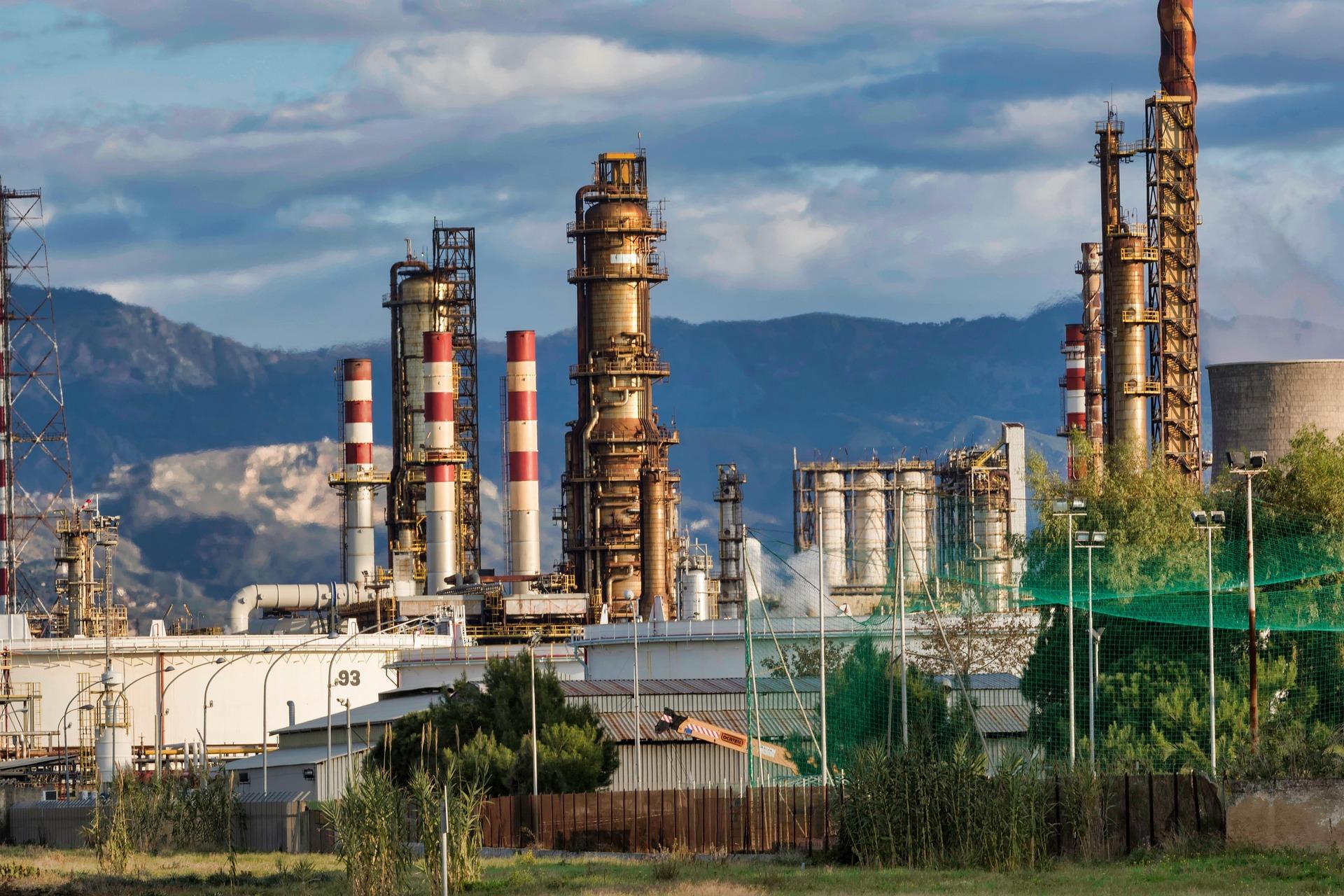
India, the world’s third-largest oil importer and consumer, saw a notable decline in its crude oil imports in July 2025, with volumes falling by 4.3% year-on-year, according to data from the Petroleum Planning and Analysis Cell (PPAC). This is part of a broader slowdown, as crude oil imports for the April–July 2025-26 period were also down by 0.6% compared to the same period last fiscal year. While India continues to rely heavily on foreign crude, reaching an import dependency of 89.1% in March 2025, recent trends reveal a mix of economic, geopolitical, and market-driven dynamics that are reshaping the country’s oil trade.
Key Data Points
In July 2025, India’s crude oil imports fell by 4.3% compared to July 2024, although exact volumes were not specified. The April–July 2025-26 period also registered a 0.6% year-on-year decline in crude imports. Despite this reduction, India’s dependency on imported crude remains high at nearly 90%, reflecting stagnant domestic output and rising fuel demand.
The net oil and gas import bill for July 2025 stood at $9.4 billion, sharply lower than the $11.4 billion recorded in July 2024. Of this, crude oil accounted for $9.3 billion. The fall in the import bill was largely due to a decline in global oil prices. The Indian basket crude averaged $70.95 per barrel in July 2025, significantly lower than the $84.15 per barrel a year earlier. Brent crude followed a similar trend, averaging $70.99 in July 2025 compared to $85.31 in July 2024.
On the domestic front, India’s crude oil and condensate production dropped by 0.7% to 2.4 million metric tonnes (MMT) in July 2025. Petroleum product consumption also slipped by 4.2% year-on-year to 19.4 MMT in the same month. For the April–July 2025 period, consumption was 81.0 MMT, slightly lower than the 81.4 MMT recorded during April–July 2024.
Interestingly, refining activity moved in the opposite direction. Crude oil processed in July 2025 rose by 3.2% year-on-year to 23.3 MMT. Public sector and joint venture refiners handled 15.8 MMT, while private refiners processed 7.5 MMT.
Why Did Imports Decline?
Several factors contributed to the dip in imports. Lower global oil prices allowed refiners to manage their inventories more strategically, reducing the urgency of imports. At the same time, demand for petroleum products declined by 4.2% year-on-year, influenced by weaker consumption of high-speed diesel, petrol, and LPG. Periodic refinery maintenance and efficiency gains also played a role, as refiners were able to balance existing stocks without aggressive import growth.
Another factor is the changing supply mix. While Russia remains India’s single-largest supplier, accounting for 35–40% of total imports, shipments from the United States surged by 51% between January and June 2025. In the April–June 2025 quarter, imports from the US more than doubled, rising 114% year-on-year. This diversification strategy may have affected overall volumes from traditional suppliers.
Broader Context and Geopolitical Shifts
India’s crude oil import dependency has been rising steadily in recent years, touching 89.4% in February 2025 and 89.1% in March 2025, compared to 87.8% in FY24. This trend underscores the challenge posed by falling domestic production, which has been declining at an average rate of 3% annually since FY17.
Geopolitical shifts have also reshaped India’s crude sourcing. Russia’s share of India’s oil imports skyrocketed from just 0.2% before the Russia-Ukraine conflict to nearly 40% in 2025, driven by discounted Urals crude. These discounts have saved India an estimated $10–15 billion annually. At the same time, the United States has become an increasingly important partner, with its share of Indian crude imports rising from 3% to 8% by July 2025.
West Asia continues to play a central role, with Iraq, Saudi Arabia, and the UAE remaining major suppliers. OPEC’s share in India’s imports rose to 51.5% in 2024, up from 49.6% in 2023. Iraq alone accounted for 24% of Indian imports in December 2024, while UAE supplies reached a 32-month high of 11.2%. Meanwhile, Brazil’s Tupi and Búzios grades are emerging as competitive alternatives for Indian refiners.
Implications for India
The decline in crude imports and lower international oil prices have provided some economic relief by reducing the import bill and easing pressure on India’s current account deficit. This gives the government more fiscal flexibility for domestic investments. However, India’s vulnerability remains high due to its near-90% reliance on imports, leaving the country exposed to potential global price shocks or supply disruptions.
From an energy security standpoint, India’s continued dependence on supplies from geopolitically sensitive regions such as Russia and West Asia highlights the need for diversification and stronger domestic exploration efforts. The government has been pushing policies like the Open Acreage Licensing Policy (OALP) to boost local production, but progress has been slow due to declining output from mature fields and limited new discoveries.
Another dimension is the environmental outlook. Petroleum product consumption fell by 4.2% in July 2025, which could reflect either temporary demand adjustments or a gradual structural shift toward cleaner fuels and efficiency. India’s ethanol blending program, which reached 19.9% in July 2025, is already reducing fossil fuel dependence, potentially reshaping future consumption patterns.
Conclusion
India’s crude oil imports declined by 4.3% in July 2025, driven by lower demand, cheaper global crude, and evolving supply dynamics. While the fall in the import bill brings short-term economic relief, the underlying picture of rising import dependency and declining domestic production raises long-term concerns about energy security. The shift toward greater reliance on Russian and US crude highlights India’s pragmatic approach to securing affordable energy, but it also underscores the vulnerabilities that come with such dependence. Balancing import strategies with domestic production efforts and renewable energy expansion will remain critical for India’s future energy landscape.




